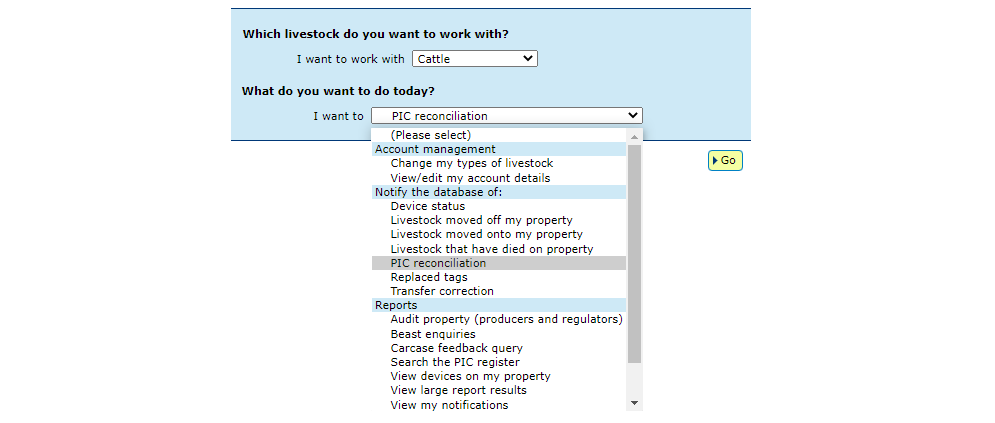Lost tags? Missing livestock? How PIC reconciliations can protect your integrity
10 May 2022
-Min Read
A PIC reconciliation can help identify:
- livestock movements that have not been recorded
- missing livestock
- animals with lost tags
For more information and how-to guides on PIC reconciliations, visit the PIC reconciliation web page.
